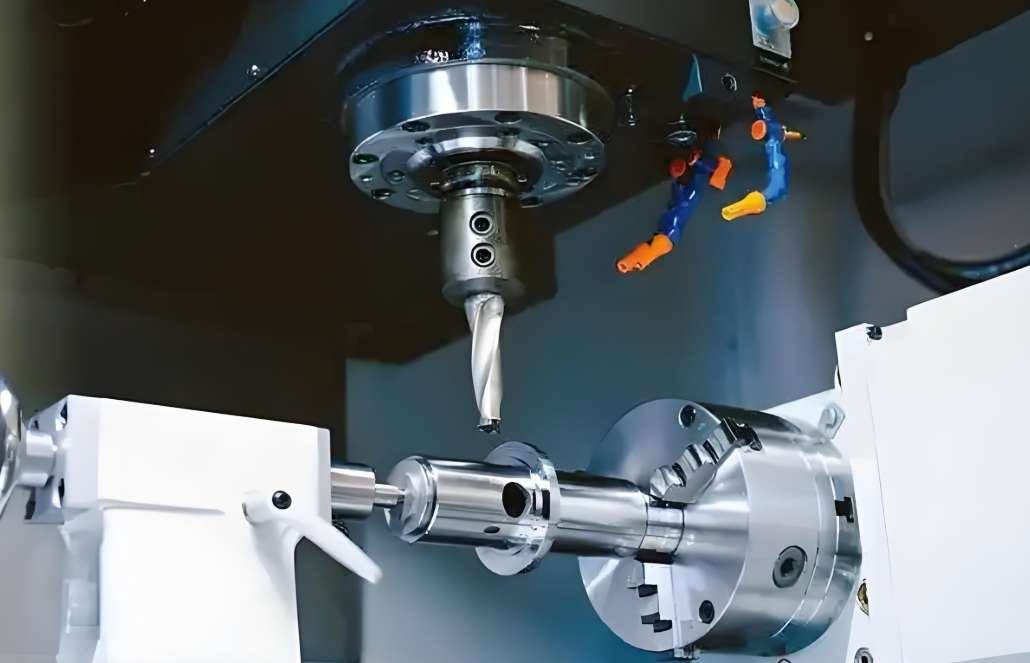
In liquid cooling architectures for high-density computing scenarios, the manifold acts as the central hub for coolant distribution and regulation. Its design precision and manufacturing quality directly determine the efficiency limits of parallel cooling for multiple chips. The key issue for the implementation of this technology is how to precisely match the coolant flow to the heat distribution of computing units in complex flow paths while also supporting modular and rapid deployment of the system.
CNC milling of stainless steel and aluminum alloy manifolds is a core method to balance material properties with structural complexity. Stainless steel provides the manifold with the pressure resistance needed to withstand high-pressure coolant environments, while aluminum alloy achieves the optimal balance between lightweight construction and thermal conductivity. Relying on multi-axis CNC machining technology, the smoothness of the inner walls of stainless steel manifolds and the thin-wall strength of aluminum alloy manifolds are ensured. Dynamic tool path adjustments and real-time in-process calibration during machining seamlessly integrate material performance with design intent.
Constructing a multi-branch flow channel network is the technical essence for the manifold to achieve precise flow distribution. The arrangement density of the branch holes and the volume design of the pressure-stabilizing chamber are not the products of empiricism. Instead, simulation-driven optimization of flow channel curvature and hole diameter matching ensures that the coolant maintains a stable flow velocity in complex paths. When multiple chips operate in parallel and generate a large amount of heat, the manifold can accurately deliver coolant to every heat load node, avoiding both energy waste caused by excessive local flow and overheating risks due to insufficient flow. This precise response to the principles of fluid mechanics makes the manifold the hardware foundation for intelligent regulation of liquid cooling systems.
The efficiency of modular deployment also relies on the precision control in manifold manufacturing. The positional tolerance between the manifold and the server backplane interface is strictly limited to a very small range, and the installation reference of the quick-connect female plug is repeatedly calibrated during CNC machining. When the entire rack liquid cooling system is assembled modularly, each connection is smooth and stable, not only shortening the deployment cycle but also facilitating quick disassembly and maintenance. This "plug-and-play" reliability stems from the ultimate refinement of spatial geometric relationships by CNC machining.
From the depth of material processing technology to the performance optimization of flow channel networks, and to the deployment support of interface precision, CNC technology ensures that the manifold always anchors the core value of "precise distribution and reliable connection" in liquid cooling systems. We respond to the cooling needs of high-density computing with precision manufacturing, making each manifold a key hub in the liquid cooling architecture that combines performance and resilience. If you wish to explore the possibilities of precision manufacturing for liquid cooling core components, please visit www.simituo.com.